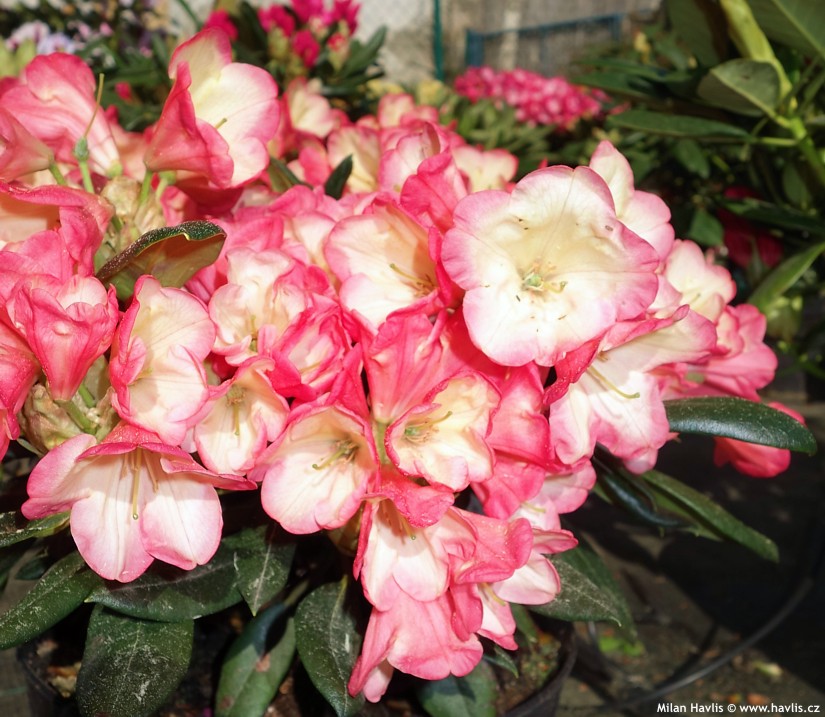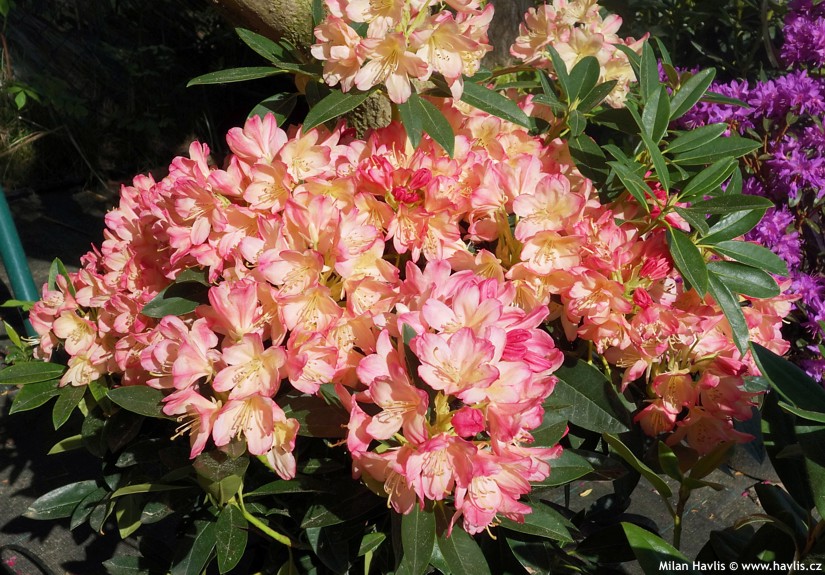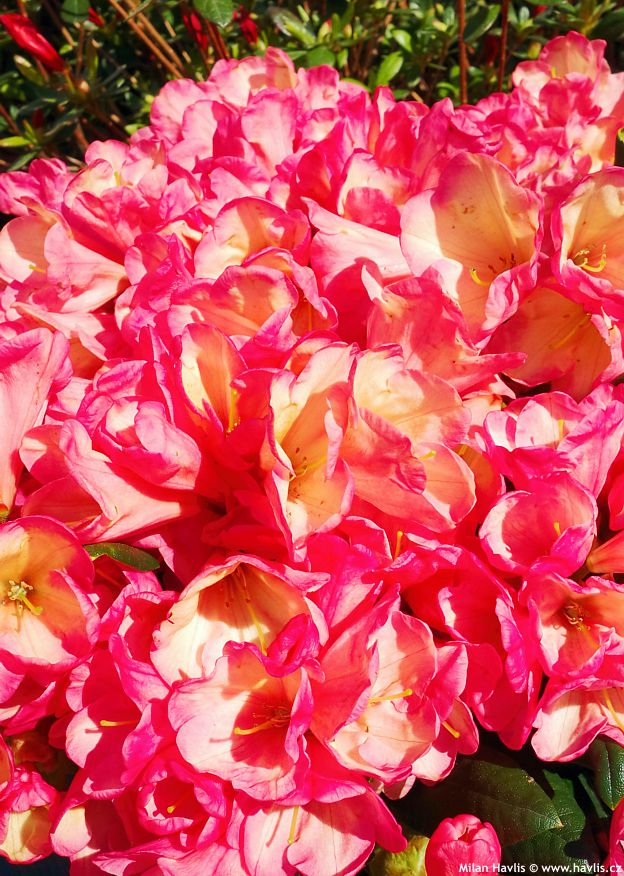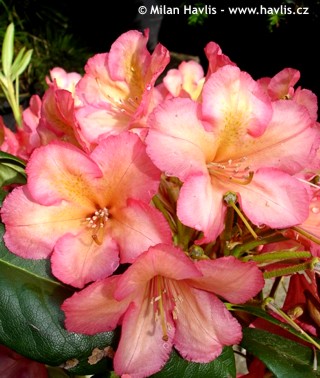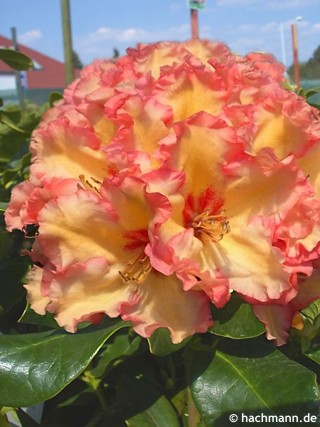Rhododendron (Yakushimanum) 'BARBARELLA' rhododendron
size/type
medium-sized shrub,medium-sized shrub
usual height
0,5-0,8m
usual width
0,8-1,3m
leaves
evergreen broadleaf
colour of leaves
flowers
showy
colour of flowers
blooming time
May-May
location
full to partial sun
USDA zone (lowest)
7 (down to -23°C)
winter protection
for zone 5+6

for zone 7

categorized
Rhododendron
Yakushimanum rhododendrons were first discovered in early 1900’s on a small island off southern coasts of Japan called Yaku. They grew happily on rocky slopes of this mountainous island in full sun, and were constantly disturbed by wind. Their habit was compact and not very tall. All these features seemed very promising and deserved better examination. The first plants were sent to the UK by a Japanese grower Koichiro Wada in 1934, which set off a long programme of hybridizing brand new, fantastic plants.Description of the plant:
Barbarella is a stunning yaku-rhodo variety bred by Holger Hachmann, son of the famous rhododendron breeder from Germany Hans Hachmann. It has the following rhodo groups involved in breeding: repens, yakushimanum, viscidifolium, and also wardii which helped with yellow tones. The bell-shaped flowers are rich pink at margins, and light yellow in the throat which can NEVER be described as orange even though some sources mention this colour. They open in the first decade of May and bloom for about 3 weeks. The evergreen leaves are quite thin, very dark green, quite flat with no curving, broadly elliptic and glossy, and almost invisible when the plant is in full bloom. 10-year-old plants reach only about 30 cm tall and about twice as much wide making a neat and compact dome.Tests proved that deadheading of these hybrids does not influence formation of flower buds for the following season. However, as these plants are slow growers, making short new branches, deadheading significantly improves their appearance since the new shoots cannot cover the unsightly dry seed-pods that followed the flowers.
Yakushimanum rhododendrons grow slowly, forming compact mounds. Their mature leaves usually have indumentum of various colours on the undersides. They thrive in full sun and partial shade, they can take full shade, too, but is not ideal. The soil has to be reasonably fertile, well-drained, cool, constantly moist, and of low pH (6 or less) = acidic. They do not require nitrogen but need iron and phosphorus. Their roots spread outwards and are very shallow, therefore never plant them too deep. When planting mix good, lime-free compost with quality peat or leaf mould, and add some slow-release fertilizer. To conserve moisture and to suppress weeds keep them mulched all year round. Barbarella is rated hardy to about -24°C (USDA zone 6) and may survive a little bit more yet it has not been tested in colder winters.
Last update: 19-08-2015
QUICK PRICE OVERVIEW
CURRENTLY SOLD OUT
WANT TO TRY A SIMILAR PLANT?













